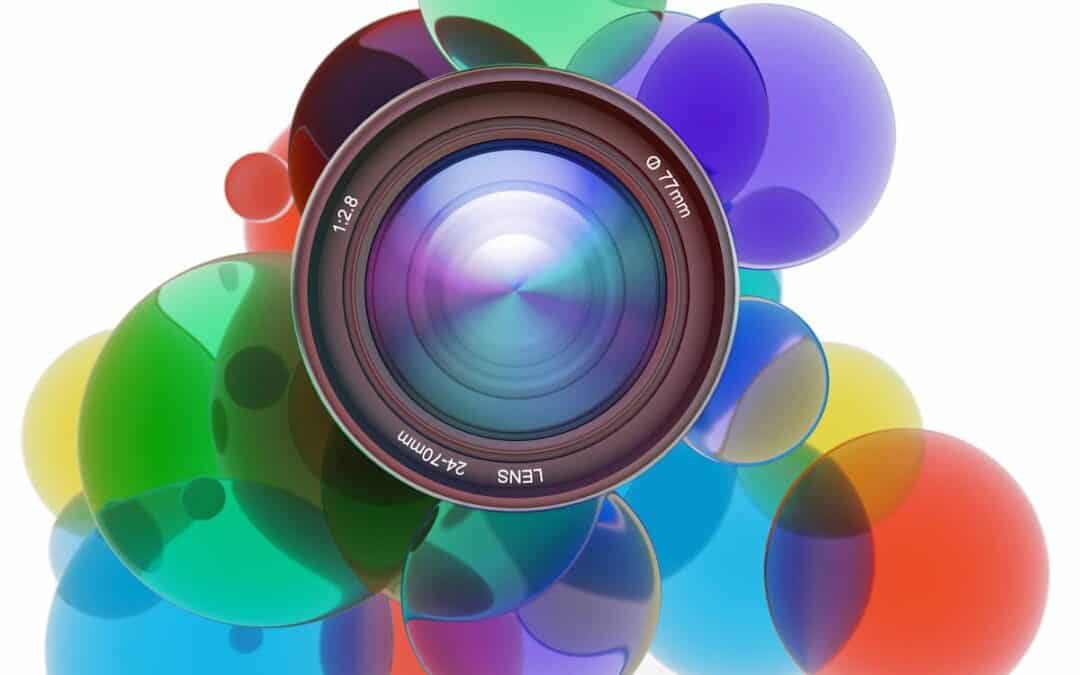One does not have to be a professional to know that photography is not a cheap hobby. If you want to start your journey into advanced photography, you have to be able to use costly gear and explore different camera models. This equipment is understandably expensive, but one question remains in the head photographers: why are camera lenses so pricey?
Camera lenses are so expensive because manufacturers spend a lot of money on research, development, and securing quality materials. Another reason is their perceived value obtained from brand names. Costs also depend on their type. The more advanced the lens is, the more expensive it will be.
This article will provide you with a basic understanding of the factors that affect the cost of camera lenses. We will also give you recommendations and tips to get lenses for a low price so you can pursue photography even when you’re on a budget.
Table of Contents
How Much Do Camera Lenses Cost Today?
Today, camera lenses can cost anywhere from $100 to $5000. High-quality lenses start at around $1000, but you can find great deals between $600 and $9000.
Sadly, there’s no quick answer to this question. Because of how many different types of lenses there are, you can’t really pull out an average price. It depends on the lens and, of course, its quality.
The YONGNUO 50mm F1.8 lens for Canon EF mount (available on Amazon.com) is among the most affordable ones you can get. You can pay even less for one—as little as $50—if you purchase a secondhand lens in an online marketplace.
On the other side of the spectrum, you have the Leica Noctilux-M 75mm f/1.25 Lens. Although this prime lens from Leica is of very high quality, only well-off photographers could afford it.
Luckily, you don’t need such a prohibitively expensive lens to take great pictures. Camera lenses used by content creators for blog photos and Instagram content are somewhere between cheap and expensive.
For example, the Sony FE 24-240mm f/3.5-6.3 OSS zoom lens costs well under one grand and still lets you take dynamic photos with beautiful effects.
The Nikon’s AF-S NIKKOR 85mm f/1.4G is a bit more expensive but includes autofocus, a portrait lens, and a few other handy features.
Factors Affecting the Cost of Camera Lenses
There are many factors that affect the price of a lens, but they usually come down to four things.
1. Lens Category
Different types of photography require different kinds of camera lenses. However, it’s just as useful to divide lenses depending on the public they’re aimed at. Naturally, people who live in the photography world will be willing to spend more money on a lens when compared to a hobbyist.
These four types of lenses differ on many factors, including but not limited to their build, optical performance, aperture, size, and autofocus motor.
Such factors decide how much a camera lens would cost. Generally, because professional and exotic lenses have more advanced features and provide higher quality than consumer lenses, they also tend to be more expensive.
Consumer
Consumer lenses are characterized by their plastic build and mount. Compared to a pro lens, a consumer lens creates less sharp and more distorted images. Its autofocus is also slower, and it requires higher ISO settings to produce a great visual result.
This is not to say that they are not good. Consumer lenses are capable, compact, and significantly less expensive. Being so affordable, they are the most popular type among beginners.
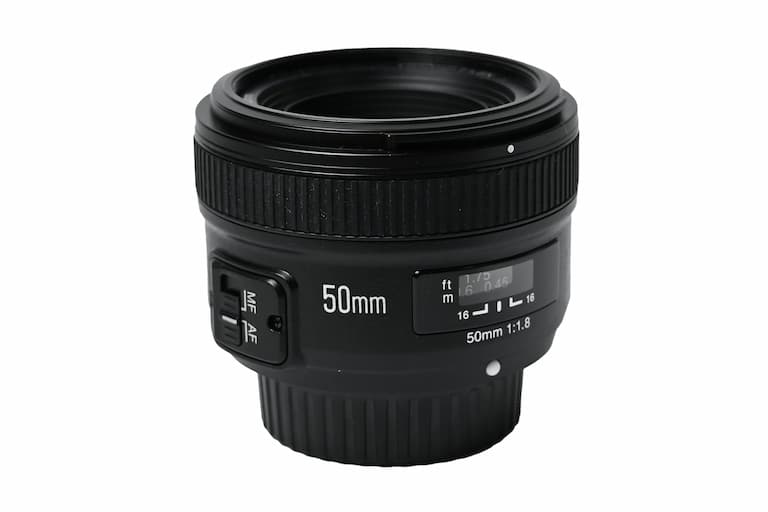
The cost of consumer lenses is around $500 on average, but they can get more pricey for superzooms and other higher quality features. One example of this lens category is the Canon EF 50mm f/1.8 STM Lens, which is extremely affordable yet still packs a variety of features.
Enthusiast
This lens type serves as the middle ground between consumer and professional lenses. Its build is heavier and more durable than consumer lenses, and it has a more advanced optical formula that comes with coated components. Because of these upgrades, enthusiast lenses are more expensive than consumer ones.
The price of enthusiast lenses ranges from $500 to $1500, but some higher-quality models will naturally cost more.
Here’s a way to determine a higher-end model in one look. If the lens has a thin gold band between the zoom and focusing ring, it is an indication of “professional” quality. An example would be Nikon AF-S NIKKOR 24-120mm f/4G ED VR, a standard telephoto reach lens with advanced features such as image stabilization and Nano Crystal Coat.
Professional
A pro lens delivers up to its name—it offers professional optical performance, superb autofocus accuracy, high-end coating technologies, and a perfectly sturdy build. It also provides the fastest maximum aperture, which means you can still shoot nice photos in low-light settings.
Professional lenses are made of metal and have a mount of the same material. On top of that, they are also designed to withstand extreme weather conditions.
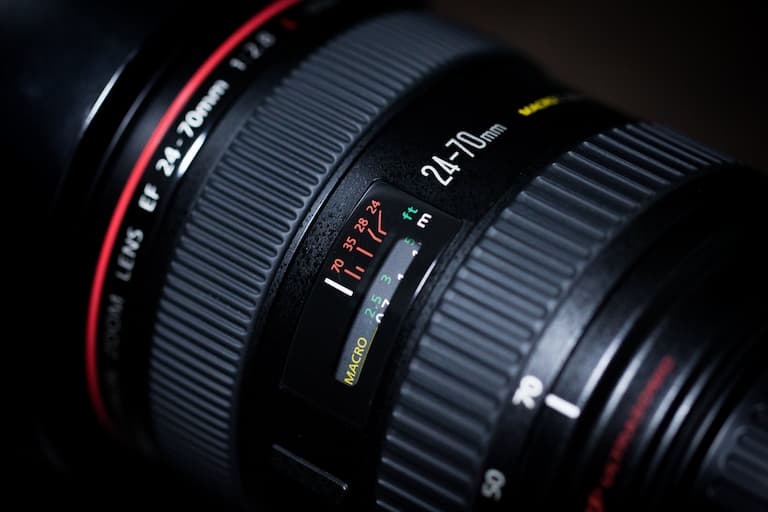
This is why their price is significantly higher than consumer and enthusiast lenses. Typically, you can expect the price of pro lenses to start from $1500 and increase from there, depending on the brand and many other factors.
A typical example of a professional lens is the Canon EF 24-70mm f/2.8L II USM Standard Zoom Lens, which carries the latest technology in optics and superb construction.
Exotic/Special Purpose
Have you ever seen a camera lens nearly as huge as a telescope? That is a kind of special-purpose lens. Lenses belonging to this category can transmit an extremely large amount of light, giving users the ability to shoot photos in pitch-black darkness.
Exotic lenses are, in most cases, hand-crafted for specialized uses, so they are not for everyone to play with. This is why this type of lens is not usually mass-produced, like the Carl Zeiss Planar 50mm f/0.7, which was made solely for NASA’s space exploration in the 1960s.
Special purpose lenses are distinctly expensive, with some models costing up to $180,000! The Sigma 200-500mm f/2.8 APO EX DG, for instance, is a good example of a mass-manufactured special-purpose lens with an exorbitant price.
2. Perceived Value
Perceived value refers to the worth of a product depending on how much consumers want it rather than on its production price.
In the context of photography, it’s essential to take perceived value into account. Manufacturing costs alone are not enough to explain the rising costs of camera lenses.
For instance, the Nikon AF-S NIKKOR 70-200mm f/2.8G Lens designed for Nikon full-frame DSLR is priced around $2500 for a used model. Judging by the quality of this lens, you might think that it will be worth what you pay for.
But if you search the market, you will find that the third-party alternative Tamron SP 70-200mm F/2.8 Di VC Lens will cost you only $1299 for a brand-new one. Before you argue about quality, it’s important to keep in mind that these two models are studied by photography experts, and the results revealed that they are both made from roughly the same components. The Tamron even outperforms Nikon in terms of producing sharp images.
The above example shows that consumers lean on the more popular brand, but names don’t always equate to quality. With enough research, you can find better alternatives at a much lower cost!
3. Quality of Raw Materials
Manufacturers, especially well-established companies, use high-quality raw materials to ensure that camera lenses function well and last long.
Consumer and pro lenses vary in quality of components and methods of assembly. But raw materials are the primary reason why their costs differ from each other so much.
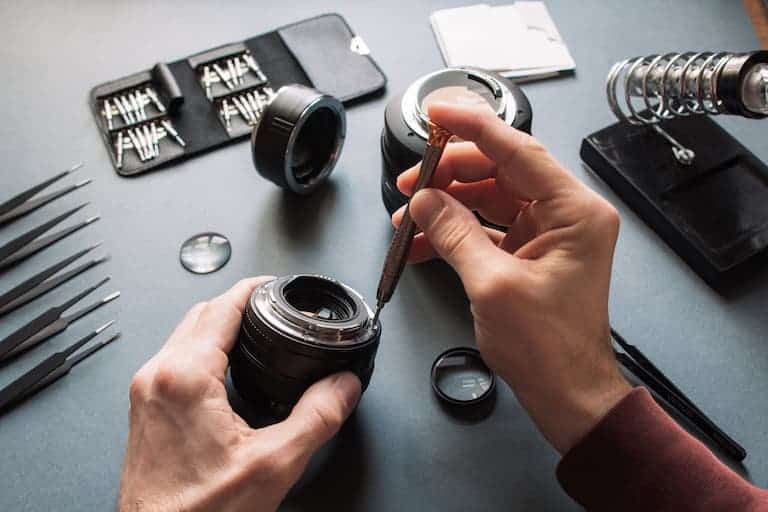
On the one hand, consumer-grade lenses are mostly made of plastic, which is relatively cheaper than metal. They are also assembled mechanically by automated machines.
Pro lenses, on the other hand, are hand-crafted by experienced engineers. They use refined glass elements that undergo multiple testings so that only the ones with the finest quality optics are utilized in the final stage.
Instead of plastic, the components of pro lenses are made of metal and brass materials. This is why the manufacturing cost of professional lenses is much higher than consumer-grade ones.
As a general rule, lightweight lenses made of plastic are cheaper than ones with metal and aluminum. Lenses with Fluorite also tend to be more expensive—they provide better optical qualities than the other glass elements.
4. Research and Development
Established companies don’t hold themselves back from investing a lot into research and development, as they are both crucial processes in the production of camera lenses.
Basically, what R&D departments do is study new photography trends, understand the current market, and figure out the best materials to use. To make sure that they are on the leading edge among their competitors, companies conduct regular market research involving in-depth polls, which are not just time-consuming but also labor-intensive.
Researchers work with product testers and clients to maintain their company’s top position in the industry. This part of the production process is a substantial contributing factor to the continuously rising price of camera lenses. And it’s understandable: huge funds invested for research and development are put into good use through regular innovations of lenses and other camera accessories.
How Much Should I Spend for a Lens?
After knowing the rationale behind the price of camera lenses, you might be thinking about which is the right amount of money you should set aside for them. If you’re struggling, as yourself these questions:
- What kind of photos will I be shooting? Am I an aspiring professional who wants to make money from photography, an enthusiast taking photos as a hobby, or an amateur who wants to explore and test the waters?
- What type of lens is good enough for my needs? If you are a professional photographer who wants to create blog content or establish a photography business, I recommend investing in a high-quality camera lens.
If you are an amateur interested in particular niches, you’d want to go for something that features decent performance at an affordable price. If you are a casual photographer who just wants to explore and take photos for fun, a standard zoom lens might already suffice!
Remember this as you look for camera lenses: you can opt for a cheap telephoto lens for $100, but it will only cost you more in the long run. This is because if you plan on taking photography seriously, you will eventually have to invest in better lenses.
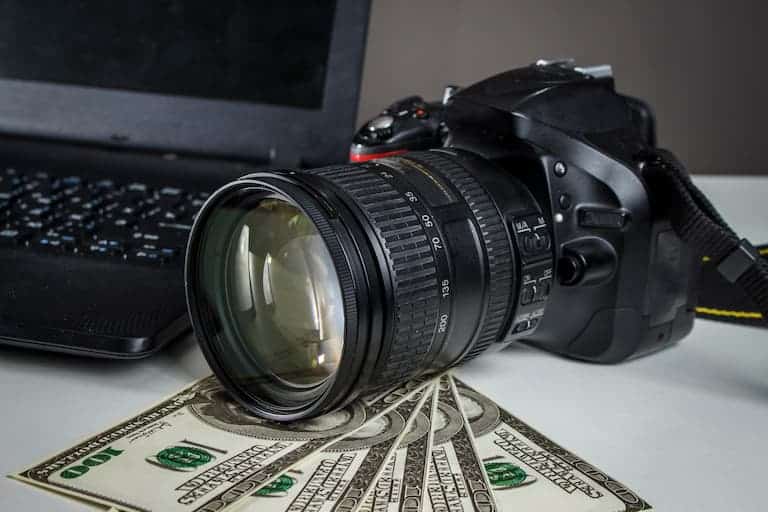
How To Get Cheap Camera Lenses
We understand that not everyone has the means to afford expensive lenses, as most of us have to save up to get into a hobby. Despite this sad reality, the good news is you can still get camera lenses for cheap!
Even if you cannot purchase brand new camera lenses, you can always invest in secondhand ones. In fact, they might be just as good as brand new! Whether it be online or physical markets, there are lots of places where you can buy preowned camera lenses in pristine condition.
The first and most reliable options are huge platforms like Amazon and eBay. These e-commerce websites guarantee consumer protection, so you’re assured that your transactions will be safe.
Next are physical stores or direct sellers. By going to actual stores yourself, you can personally examine the working conditions of the lens and test it out before deciding to buy it. Professional photographers renew their lens collection regularly, and they often sell their old lenses to save up for new ones. This allows you to bargain and get a camera lens for a discounted price.
Final Thoughts
By learning what goes into the production process to make a single camera lens, we get to understand why they are so costly.
If you want to pursue photography, don’t let the cost of camera lenses be a hindrance—they are life-long investments and you can still get them for a significantly lower price! The key is understanding your style and purchasing used lenses with just as good quality as brand new.

